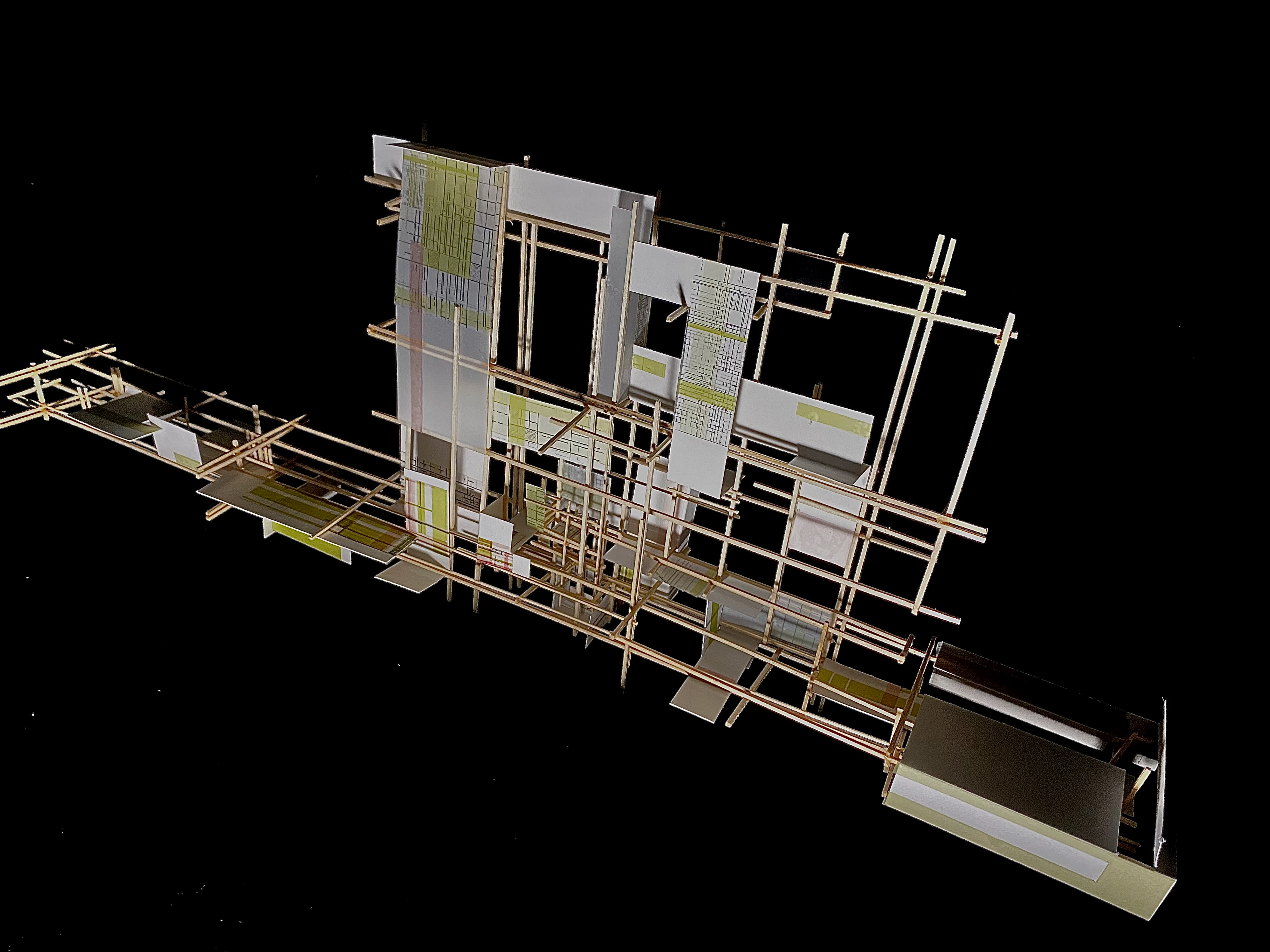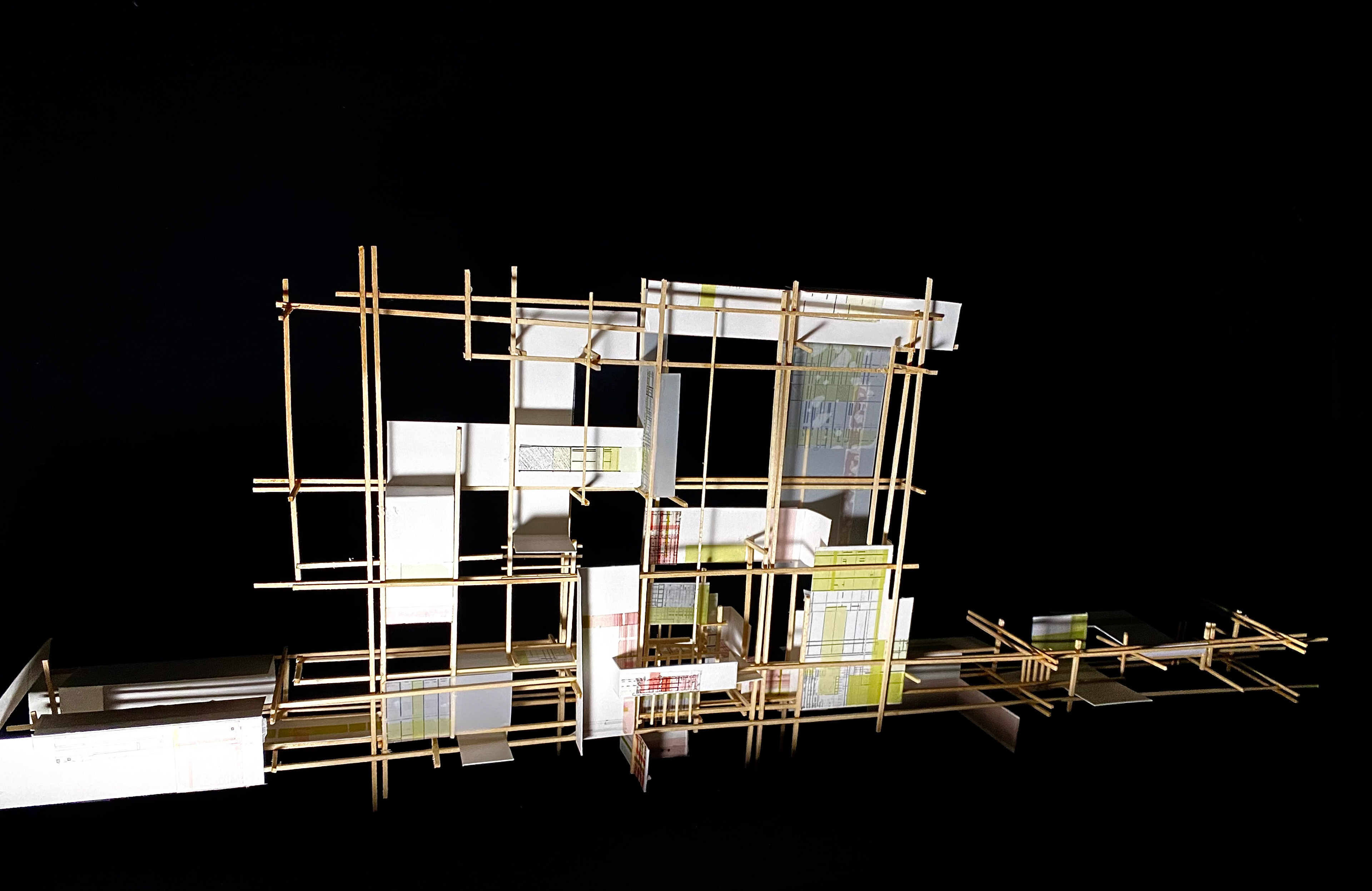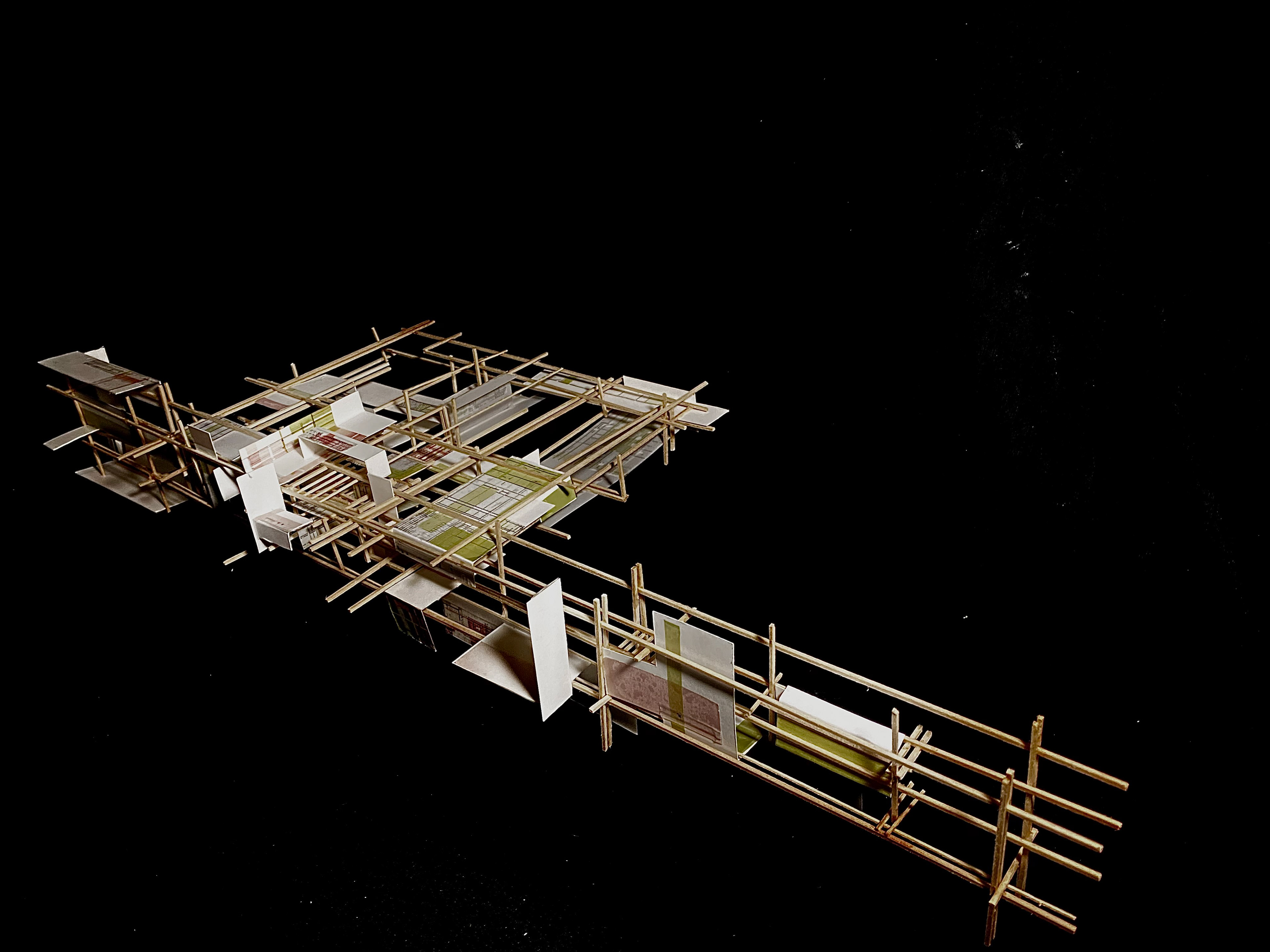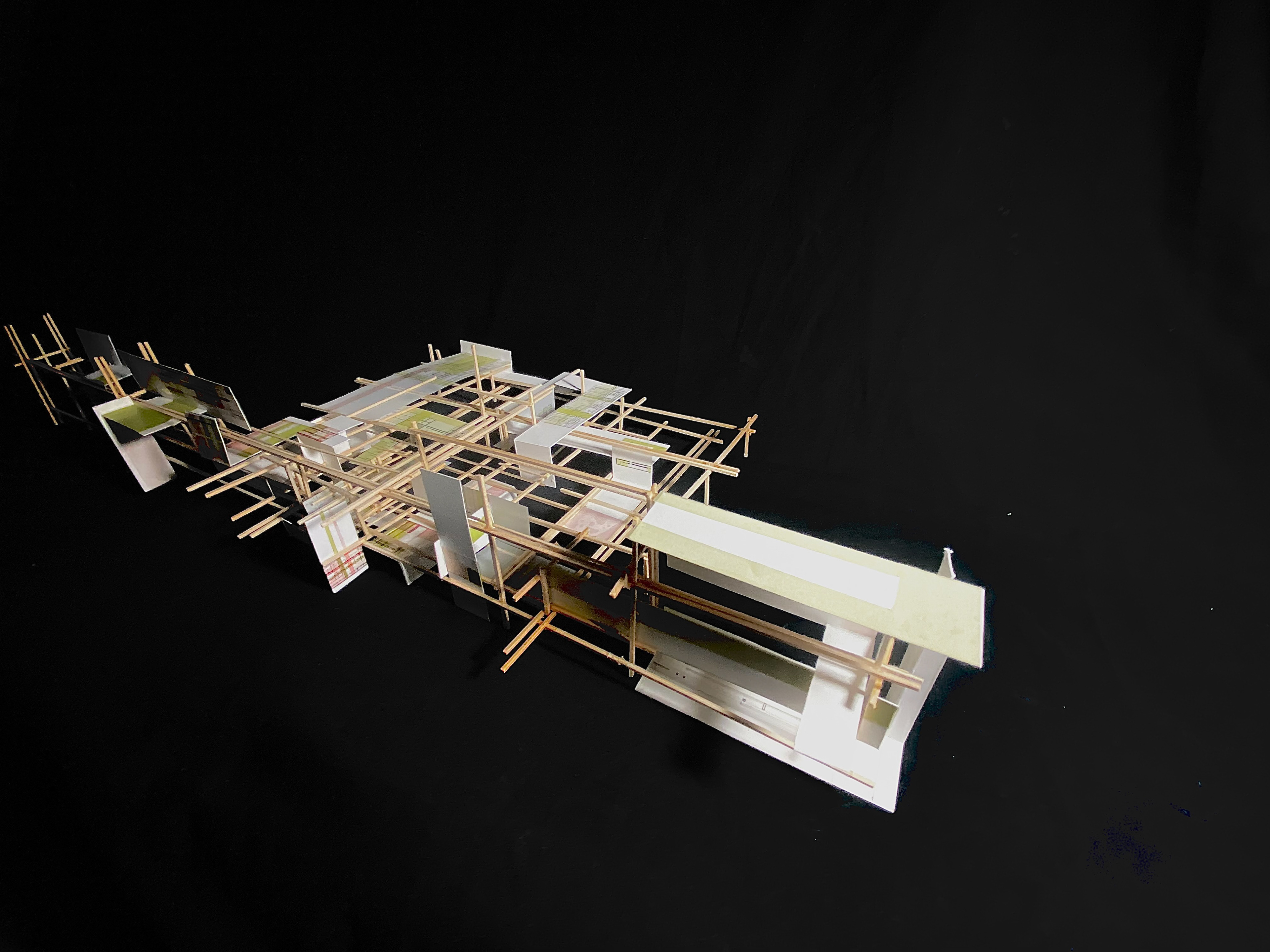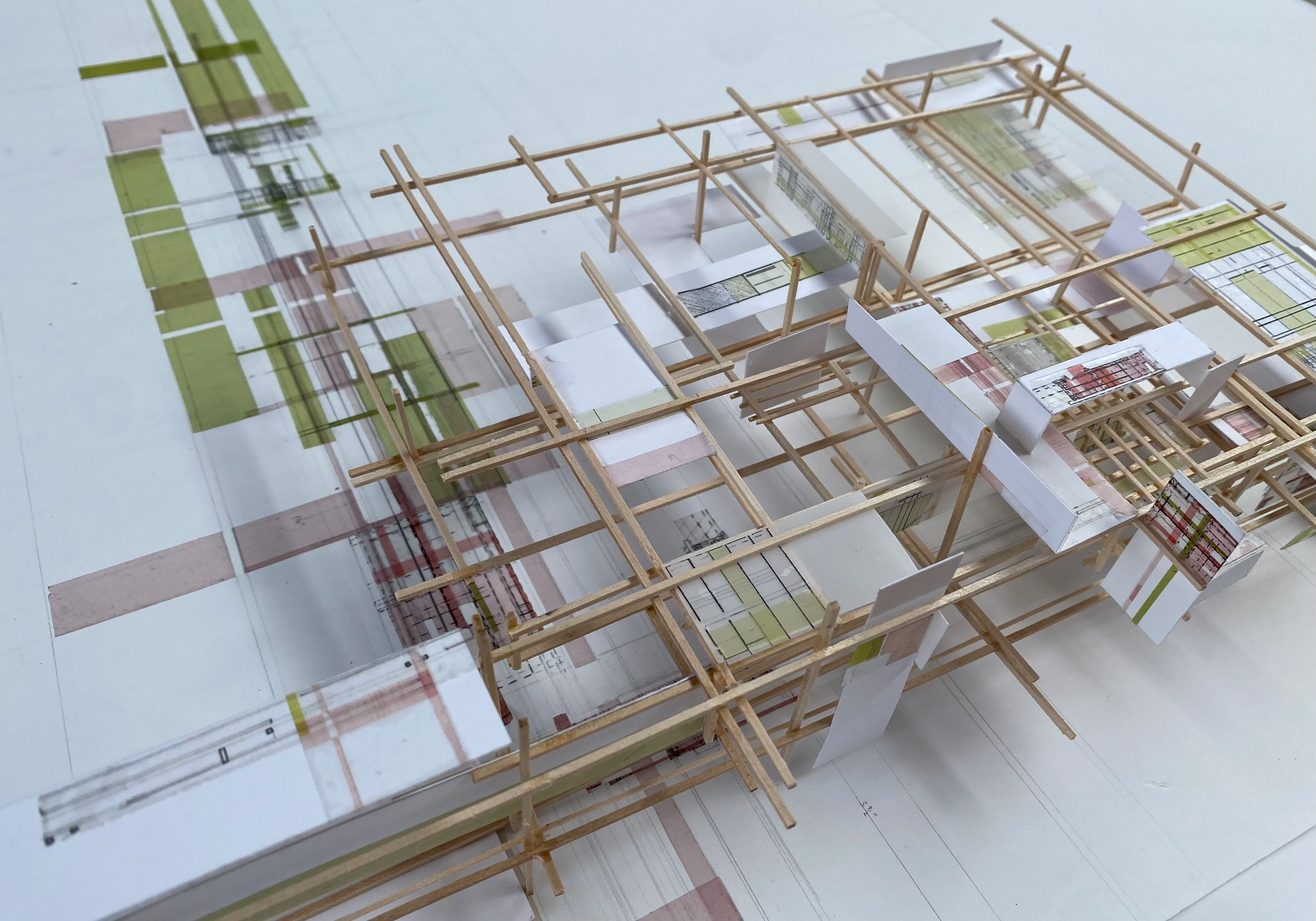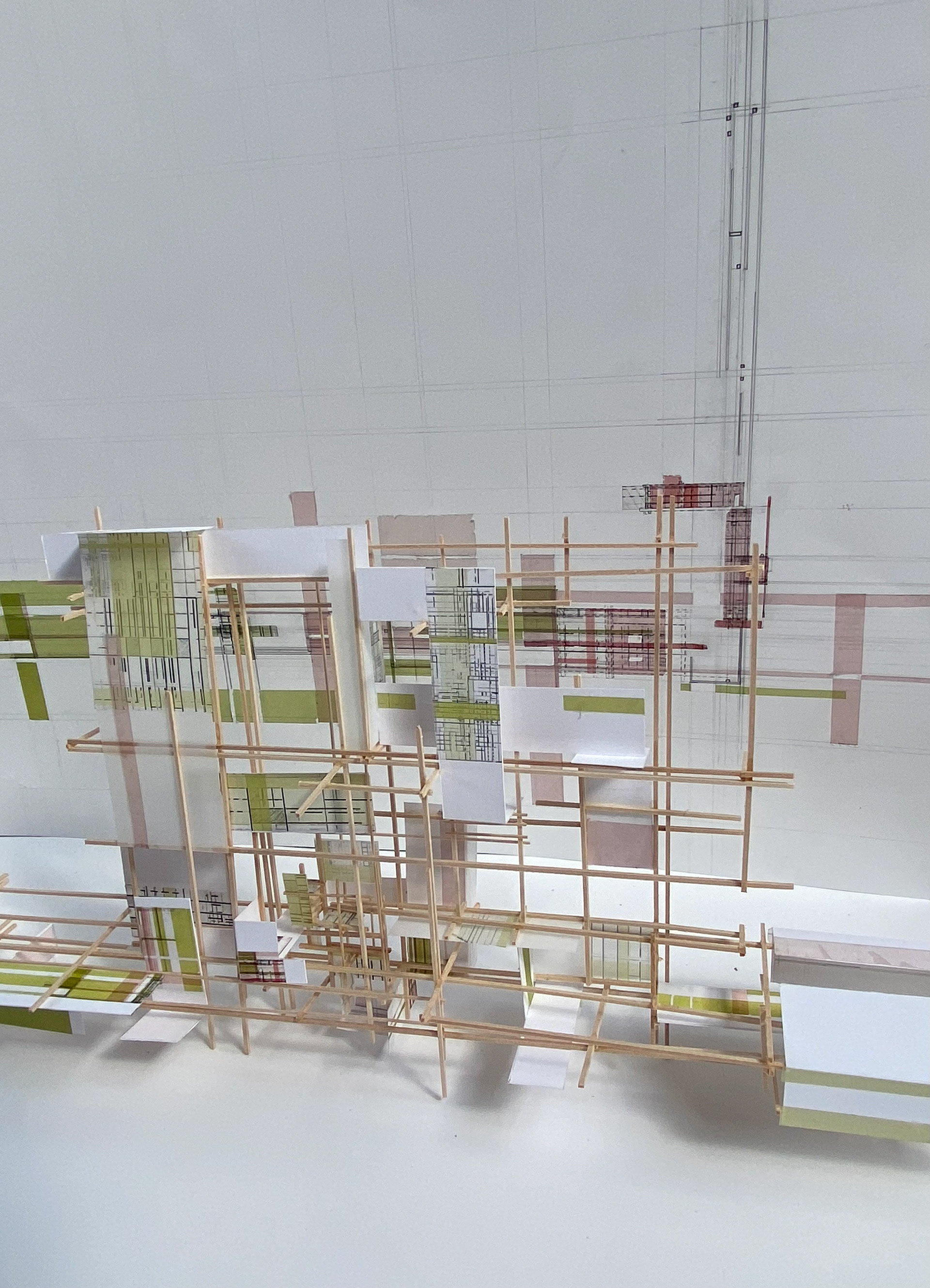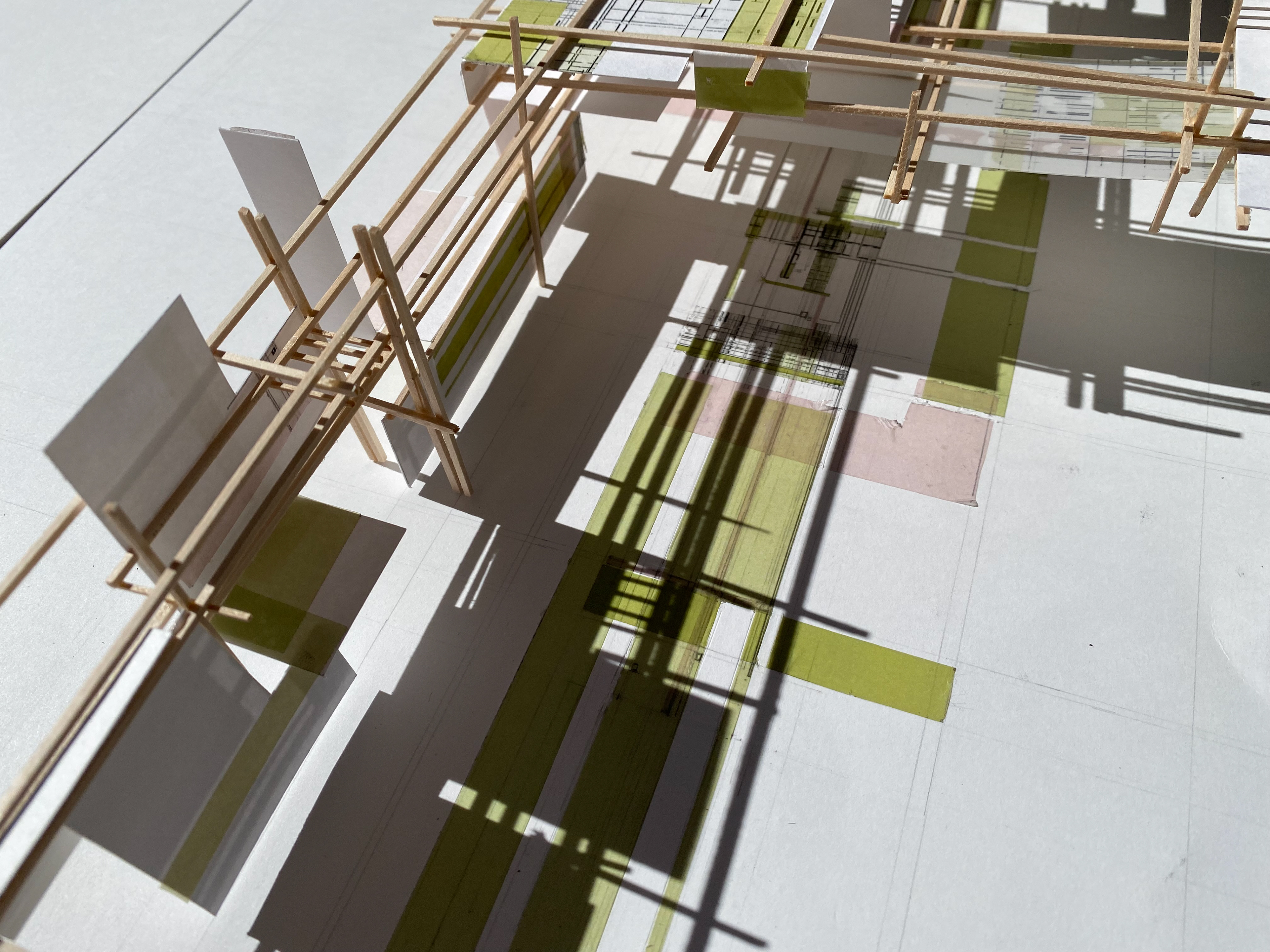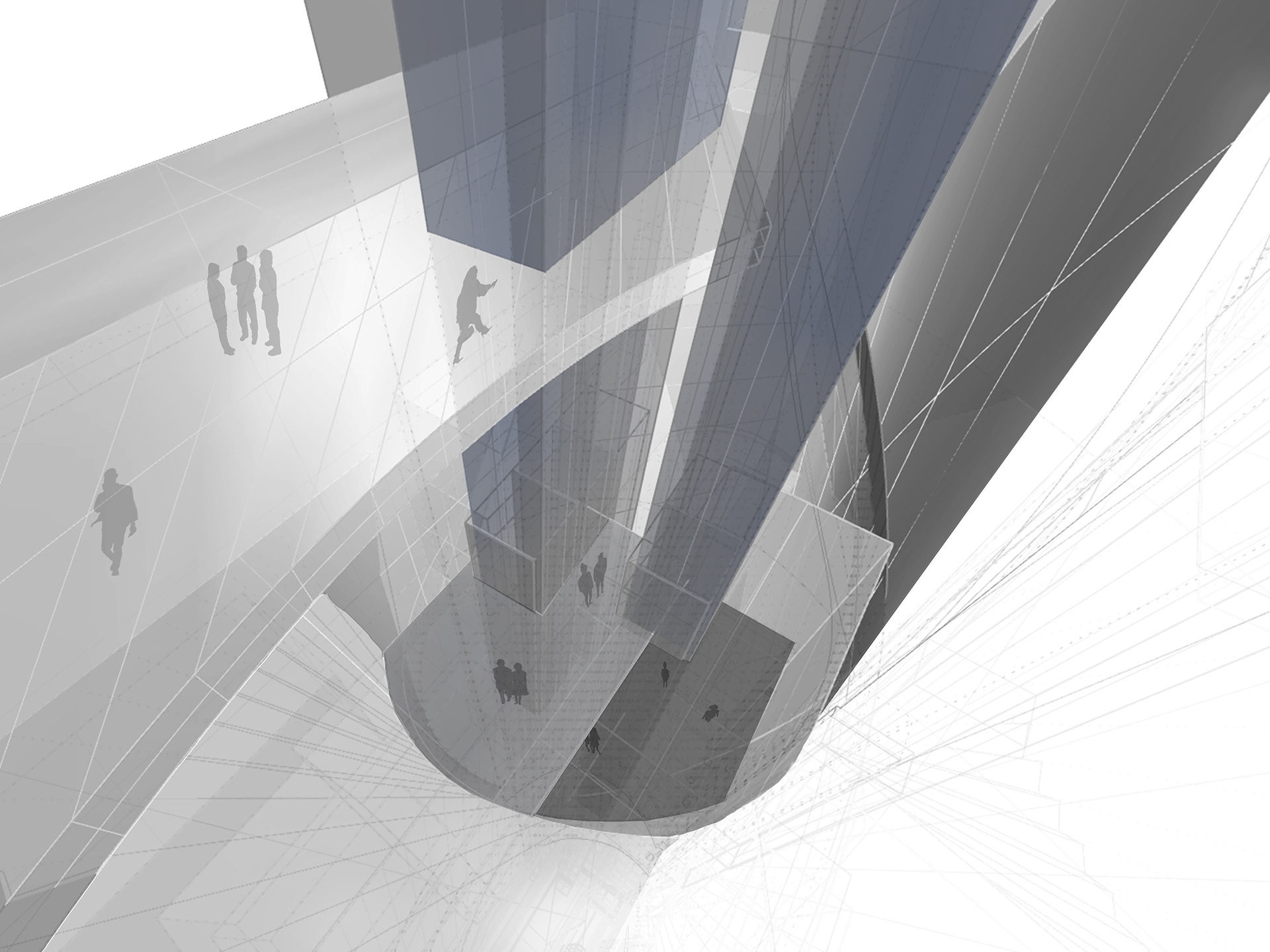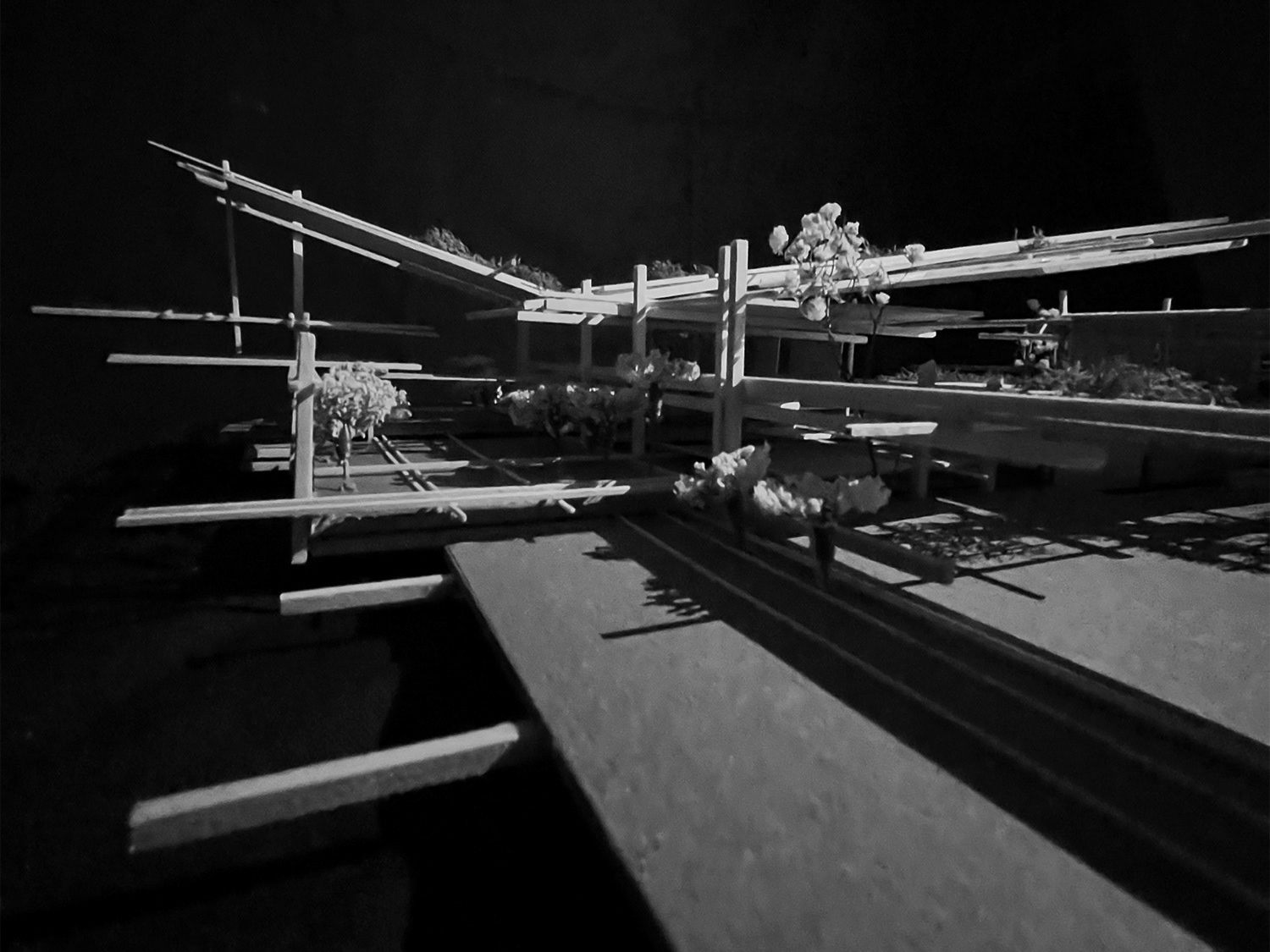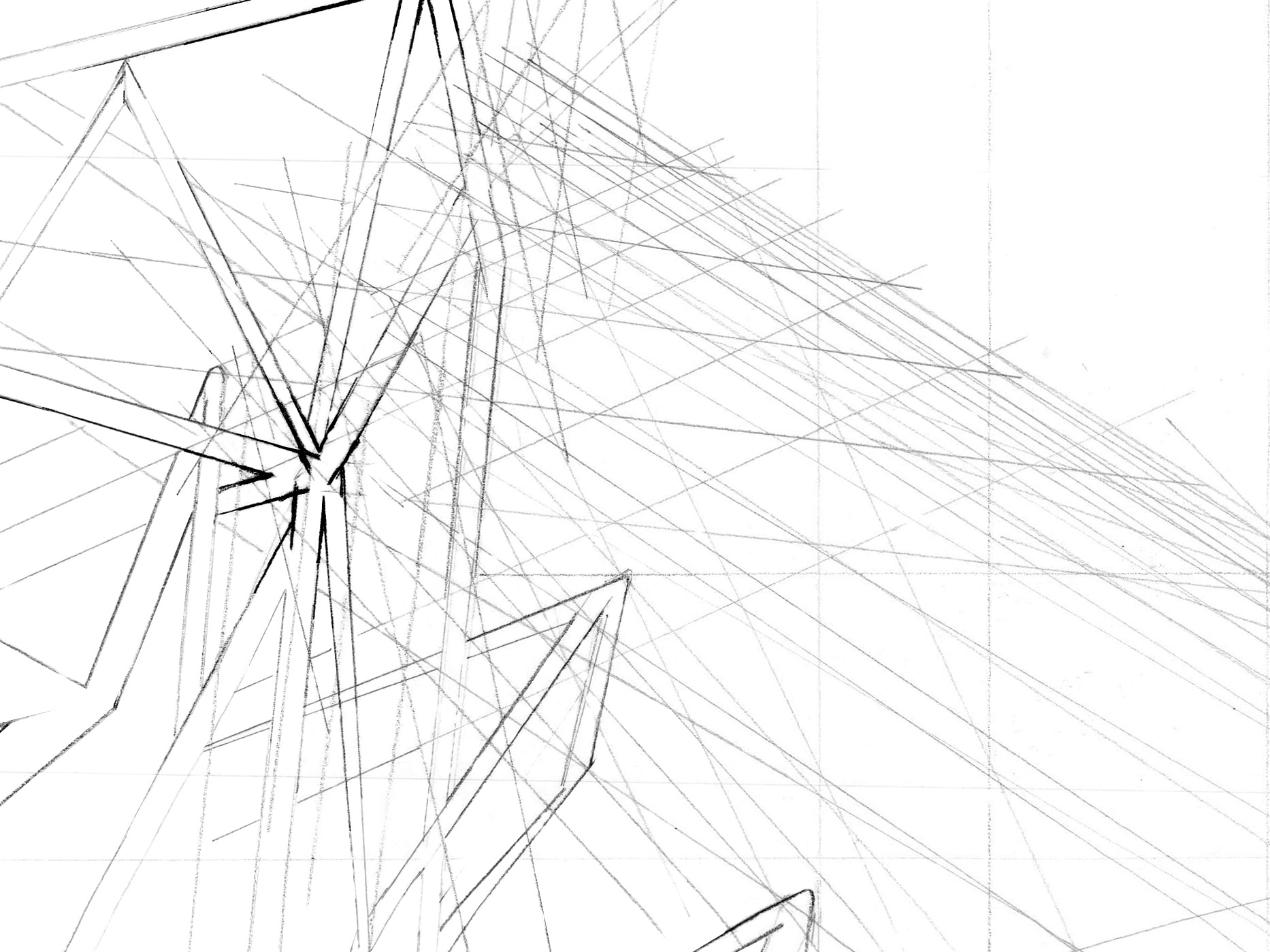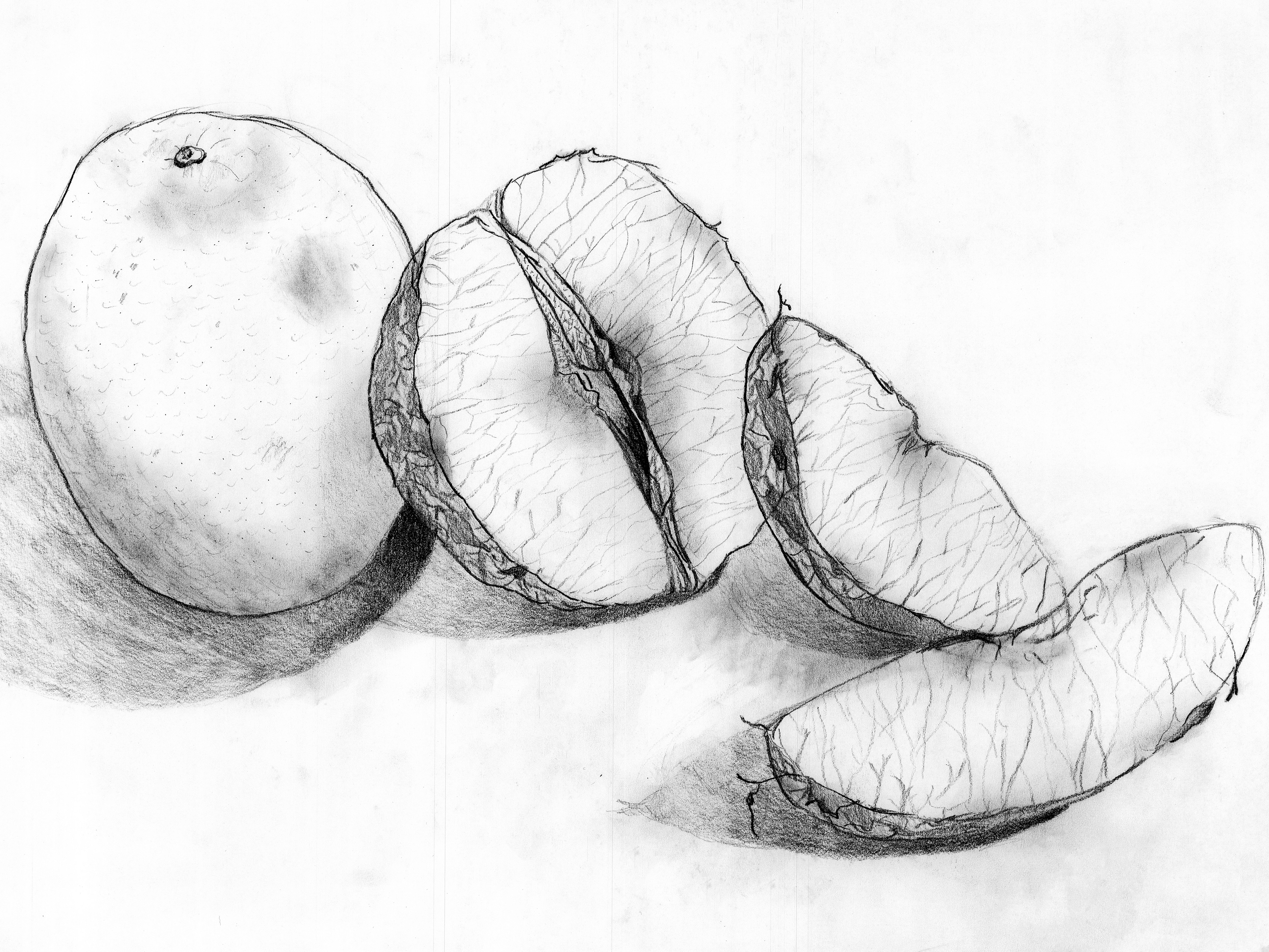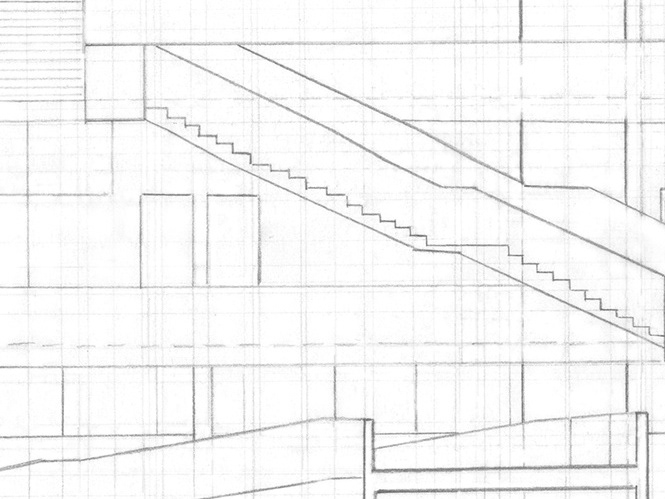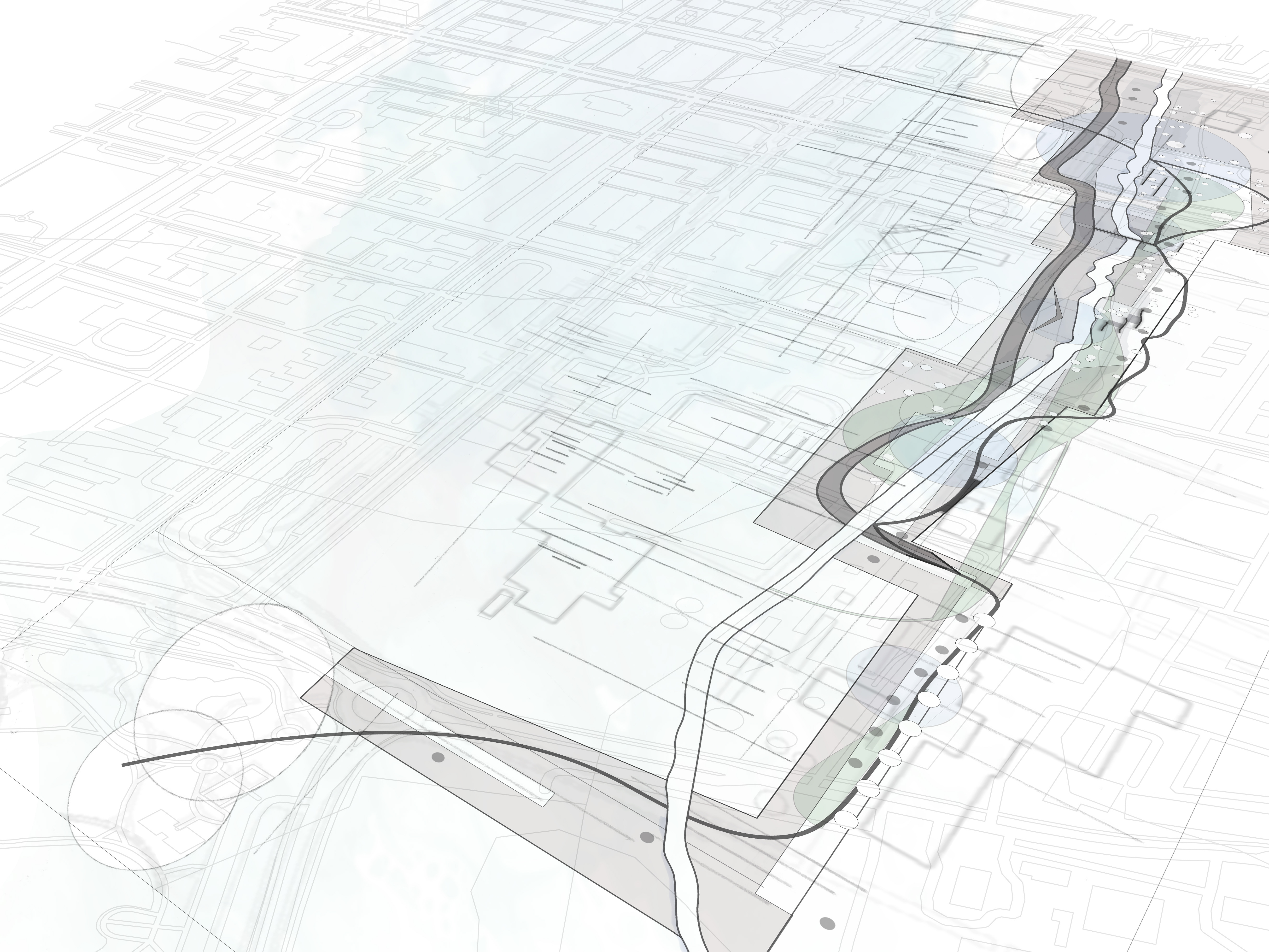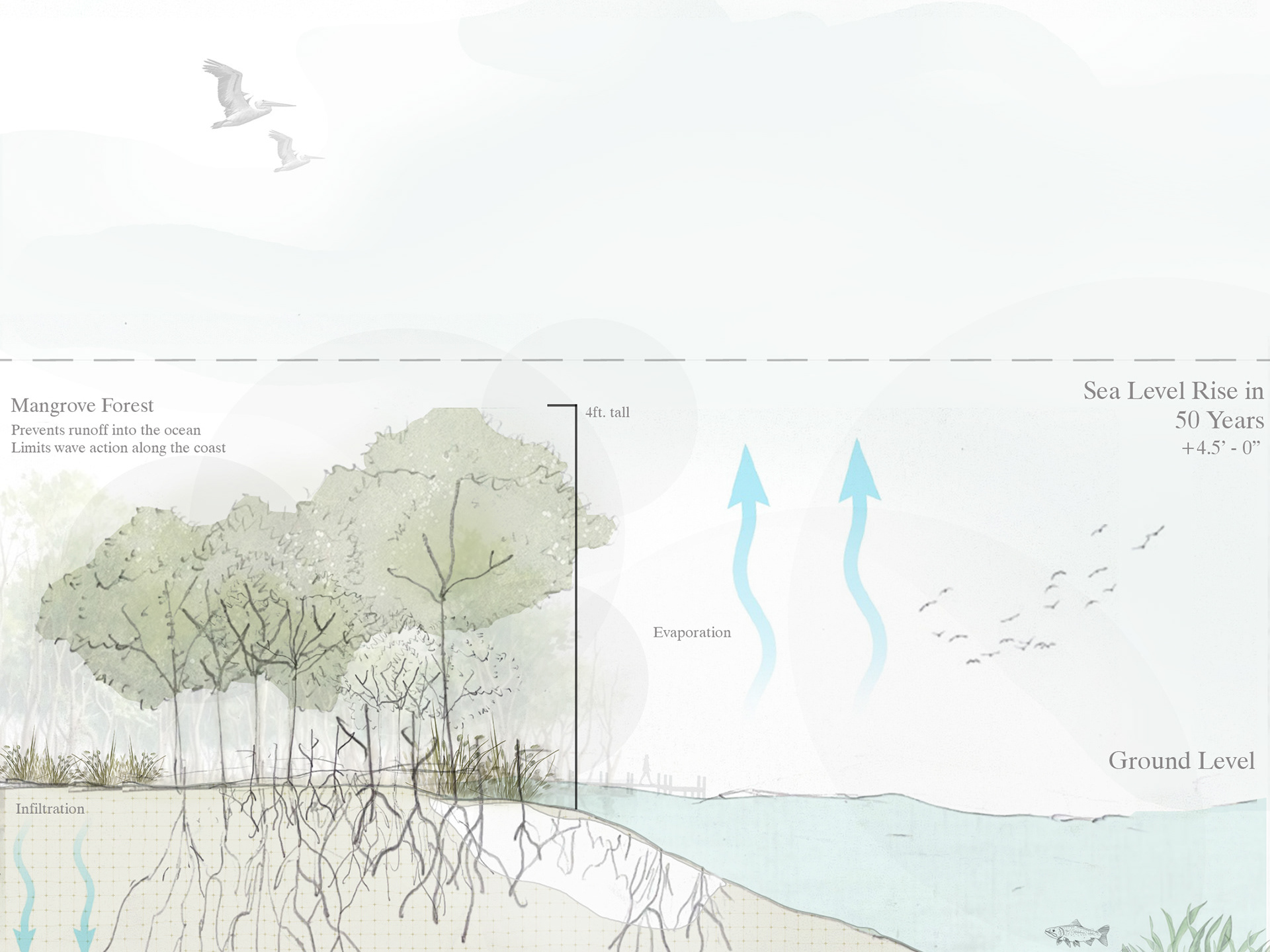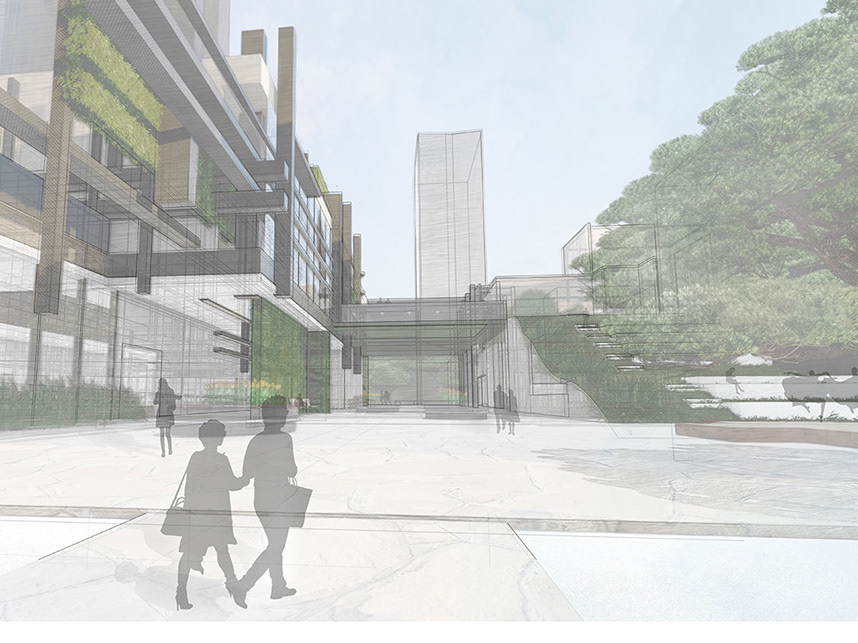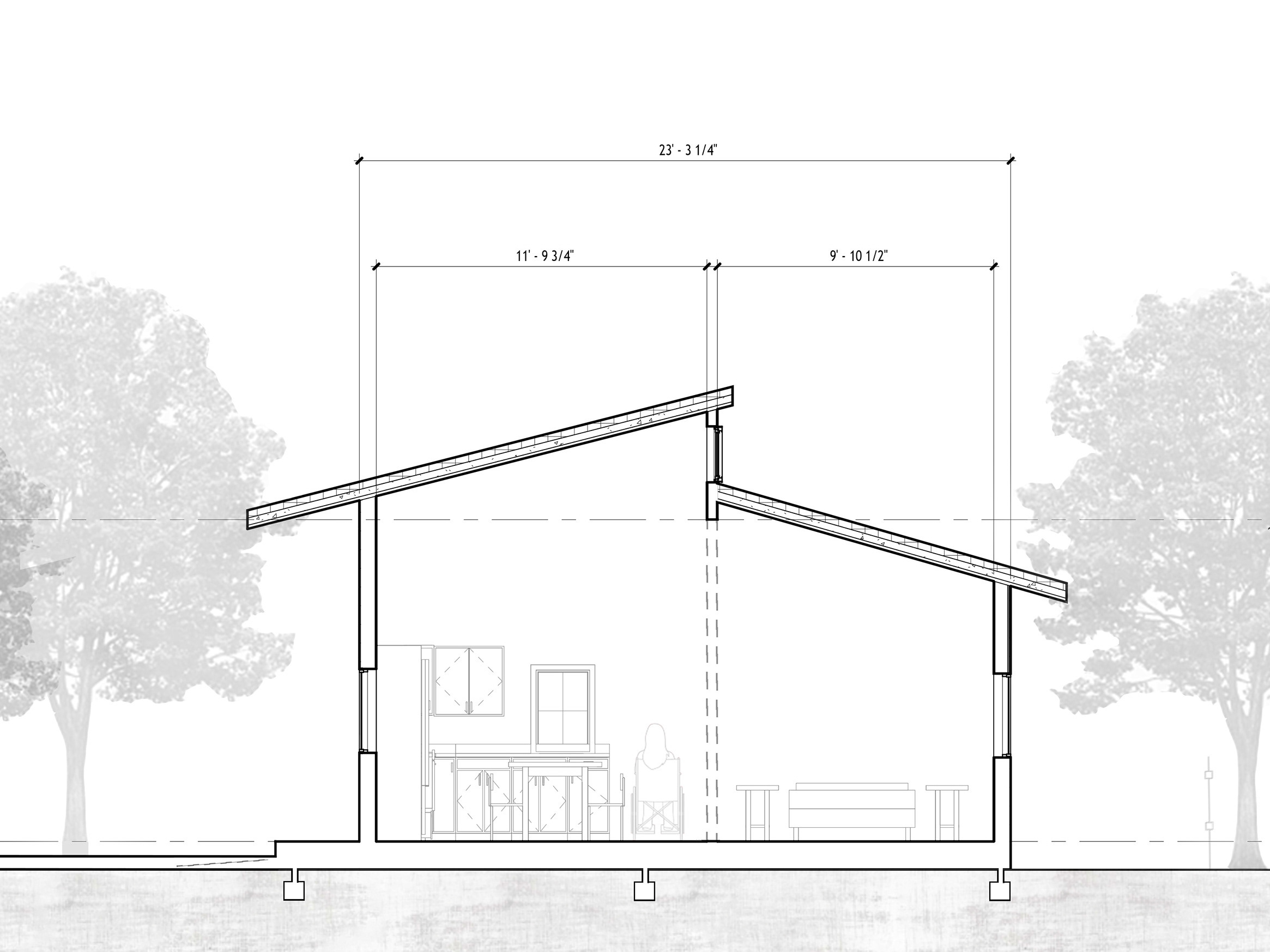The matrix project focuses on refining spatial ideas with a systematic framework of connective spaces. Spatial acuity was developed through the processes of understanding, communicating, and manipulating various spatial systems to work together.
Based on the weaving by Gunta Stolzl, three analytical, yet speculative drawings, were composed to begin learning what a system is and what it consists of. The three layers composed were titled zone, structure, and joint. I interpreted zones as pieces of the weaving that were interacting with each other that hold different kinds and sizes of space. I drew structure as continuous elements that provided strength and organization to the weaving. Joint was perceived as repetition and density in places that connected different zones and structures. Additionally, I developed a system of line weights to express their ideas of depth and hierarchy in size and space. The weaving drawings were layered to express how each component (zone, structure, joint) created a composite system. The composite drawing itself was also minimized and placed within the final drawing three times to convey hierarchy. The use of tone expressed spatial action and reaction throughout the drawing with the differing opacities conveying depth and zoning.
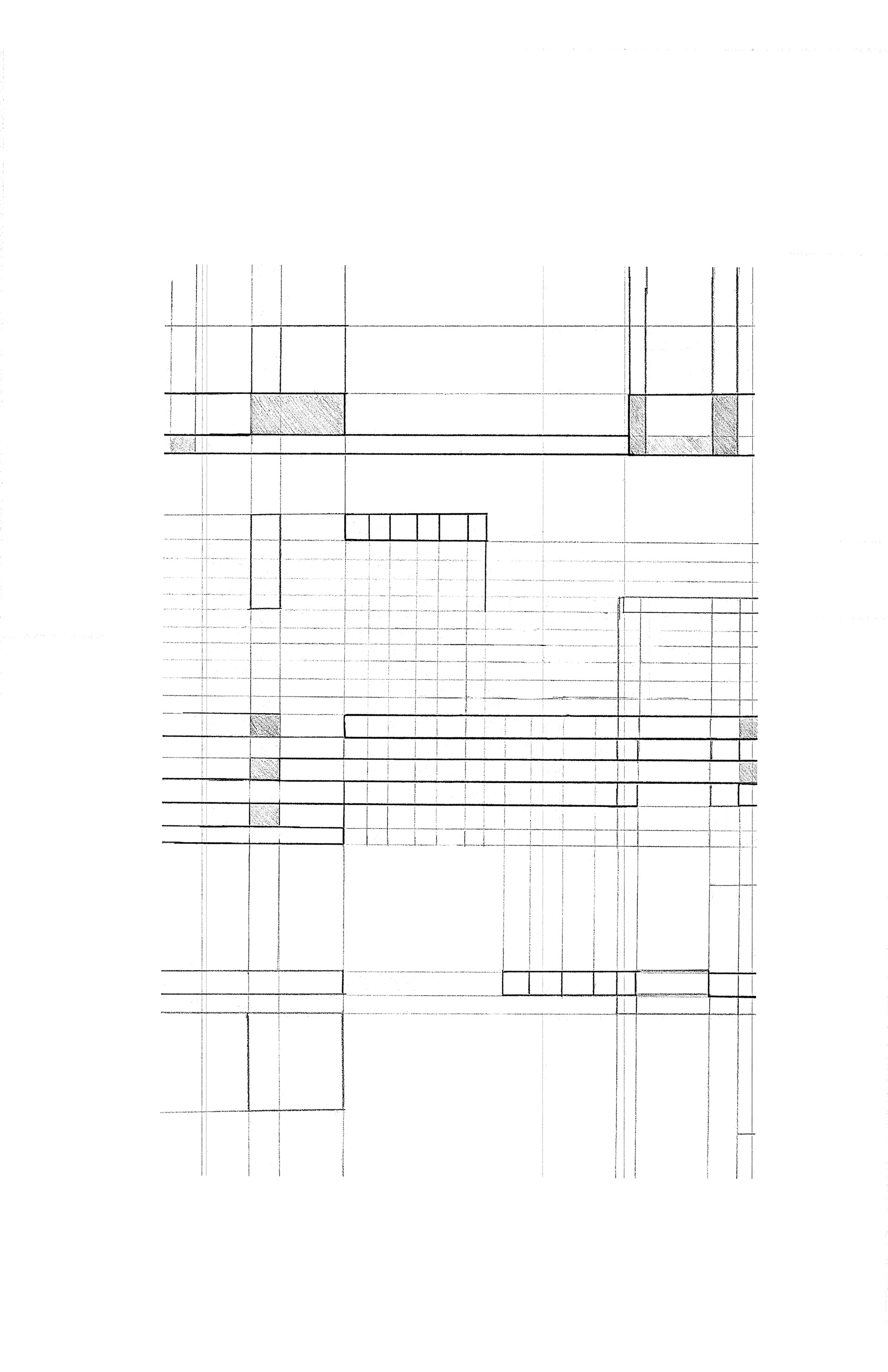
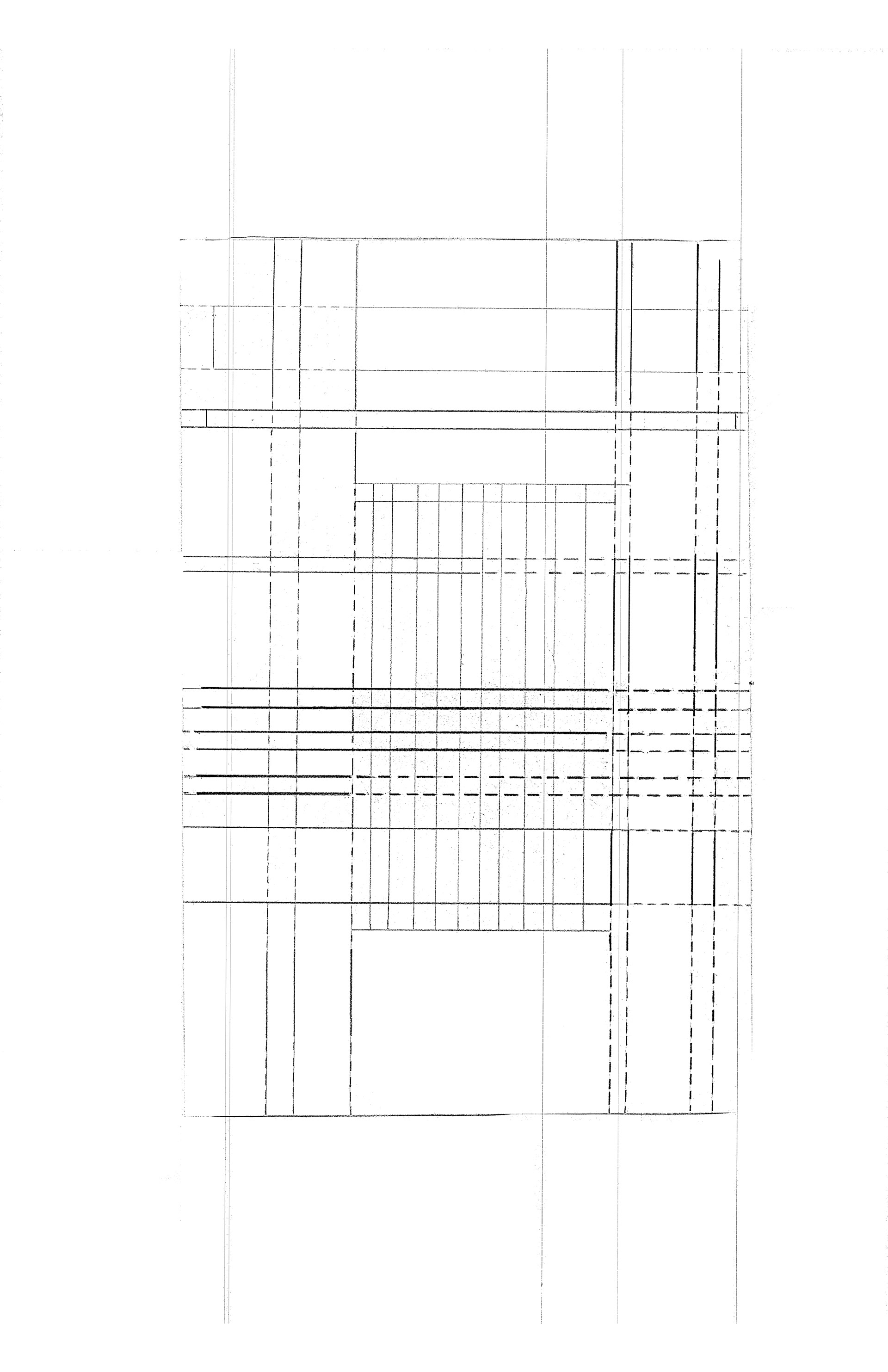
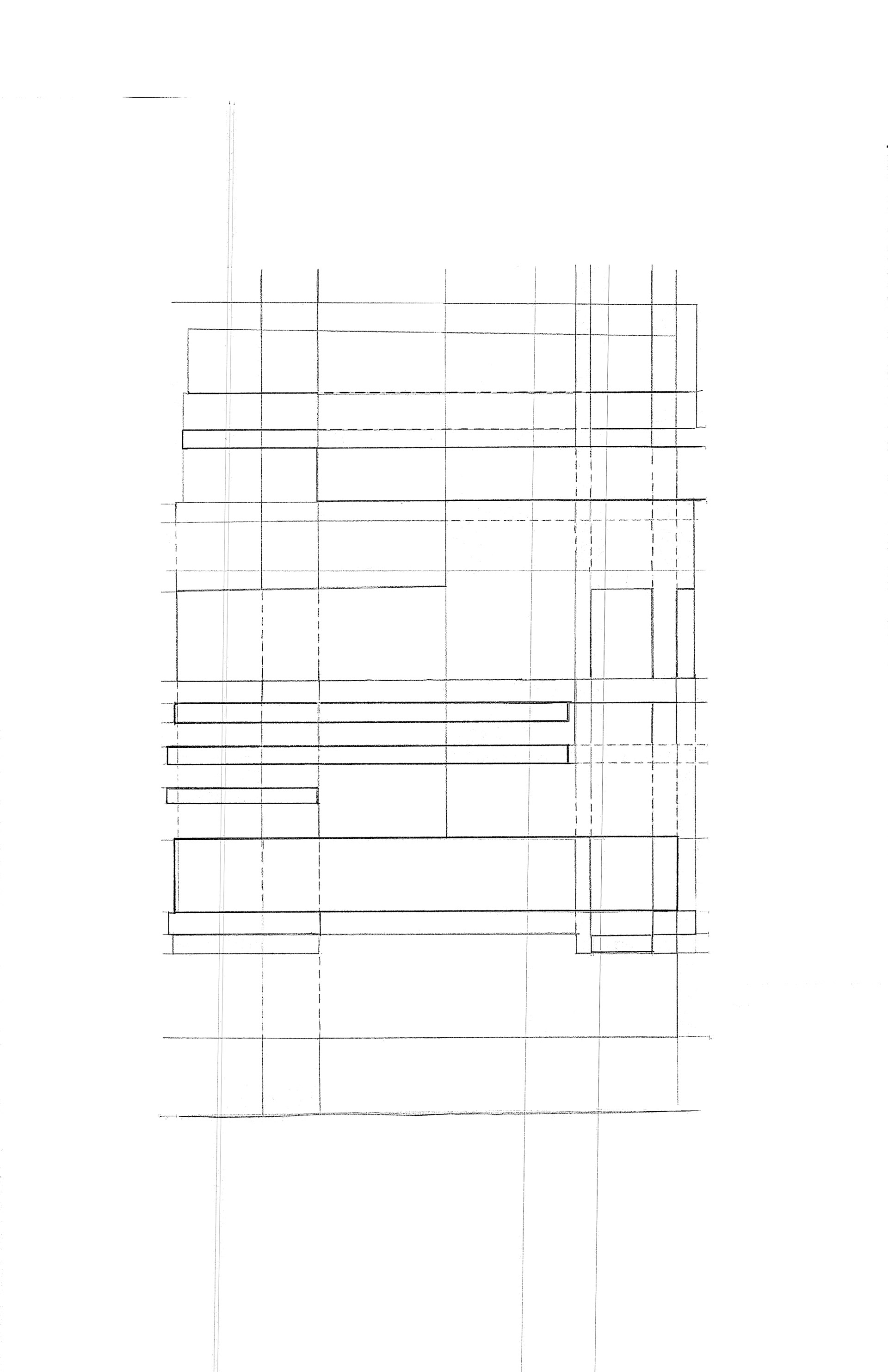
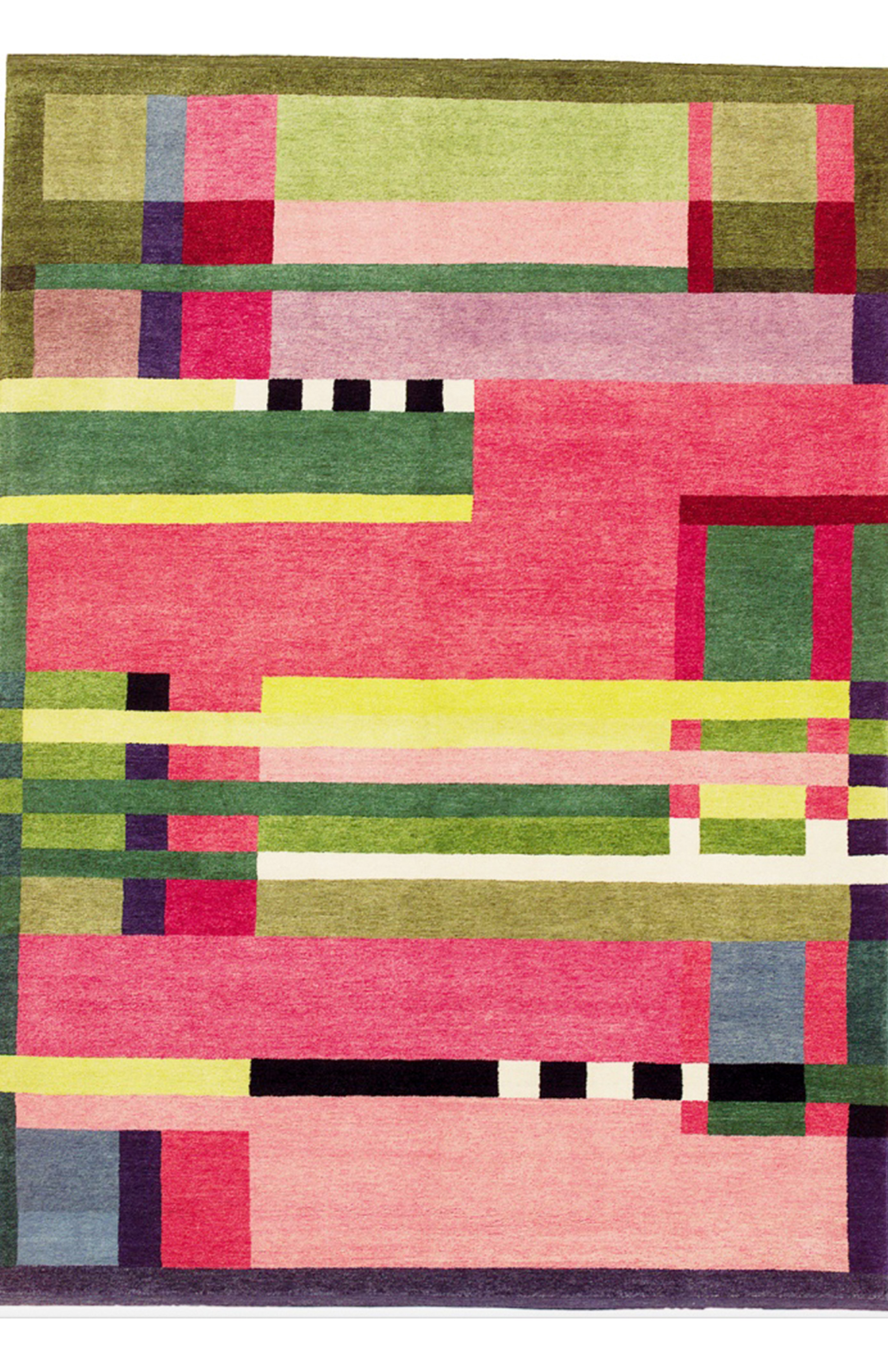
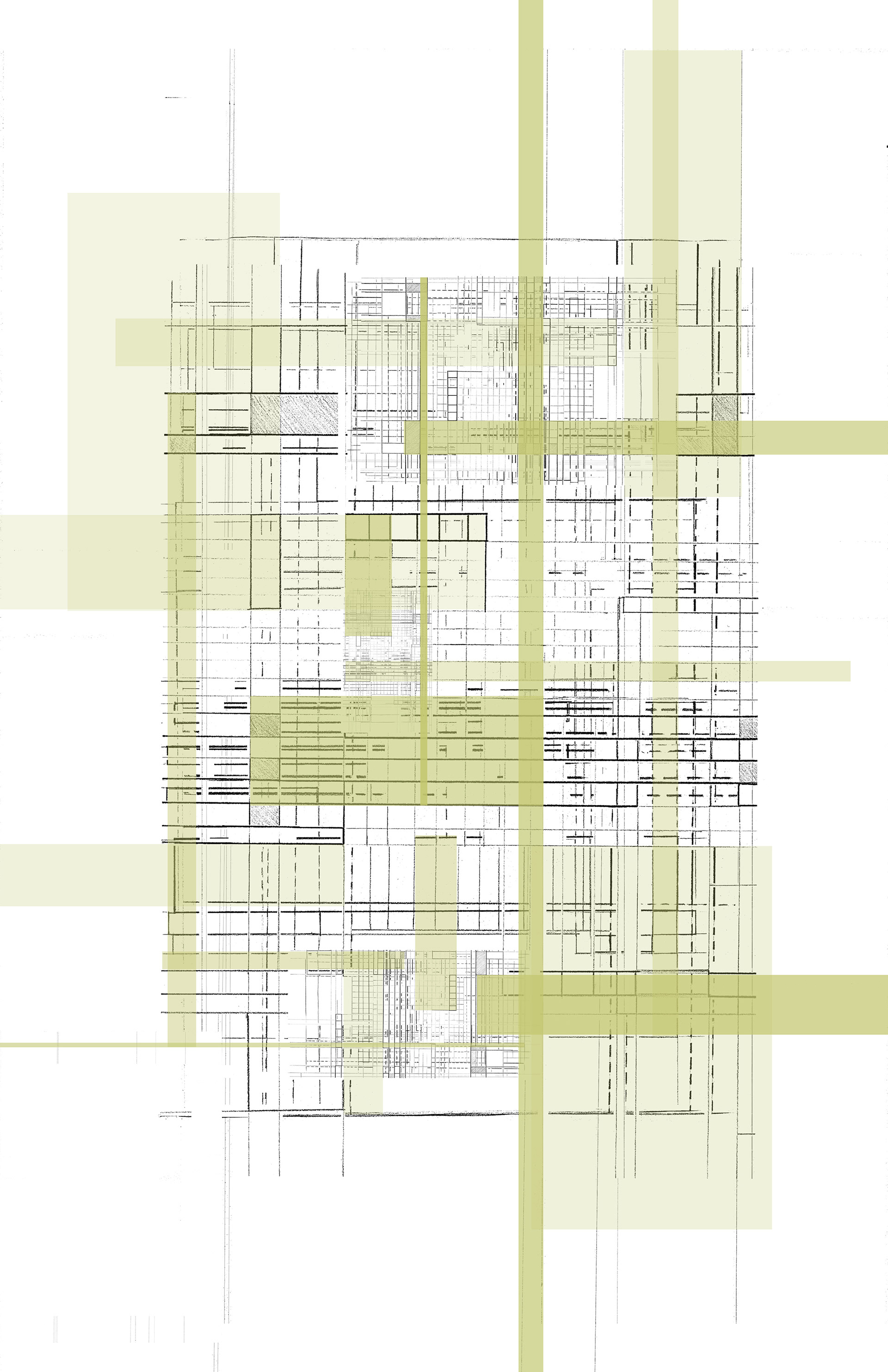

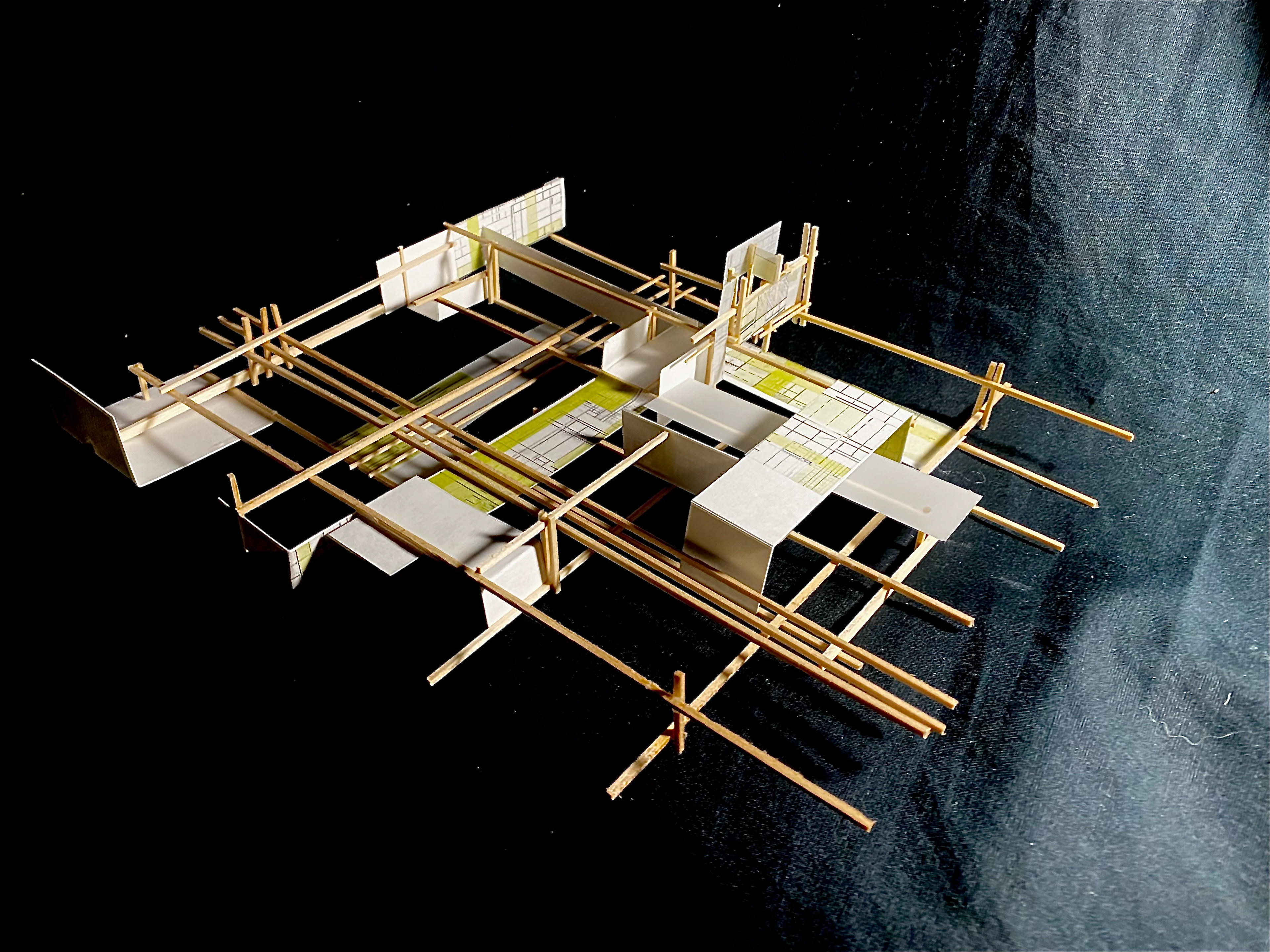
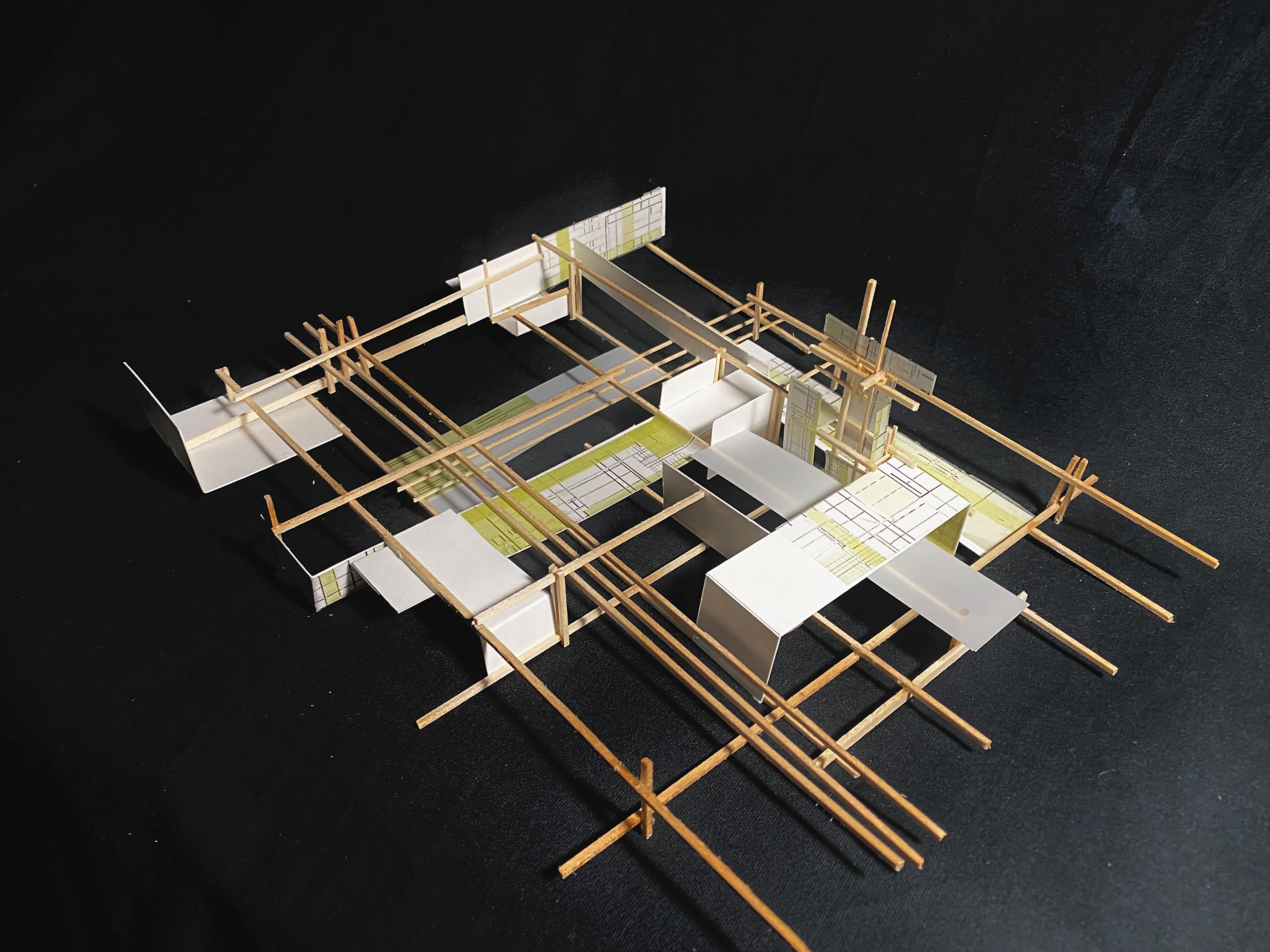
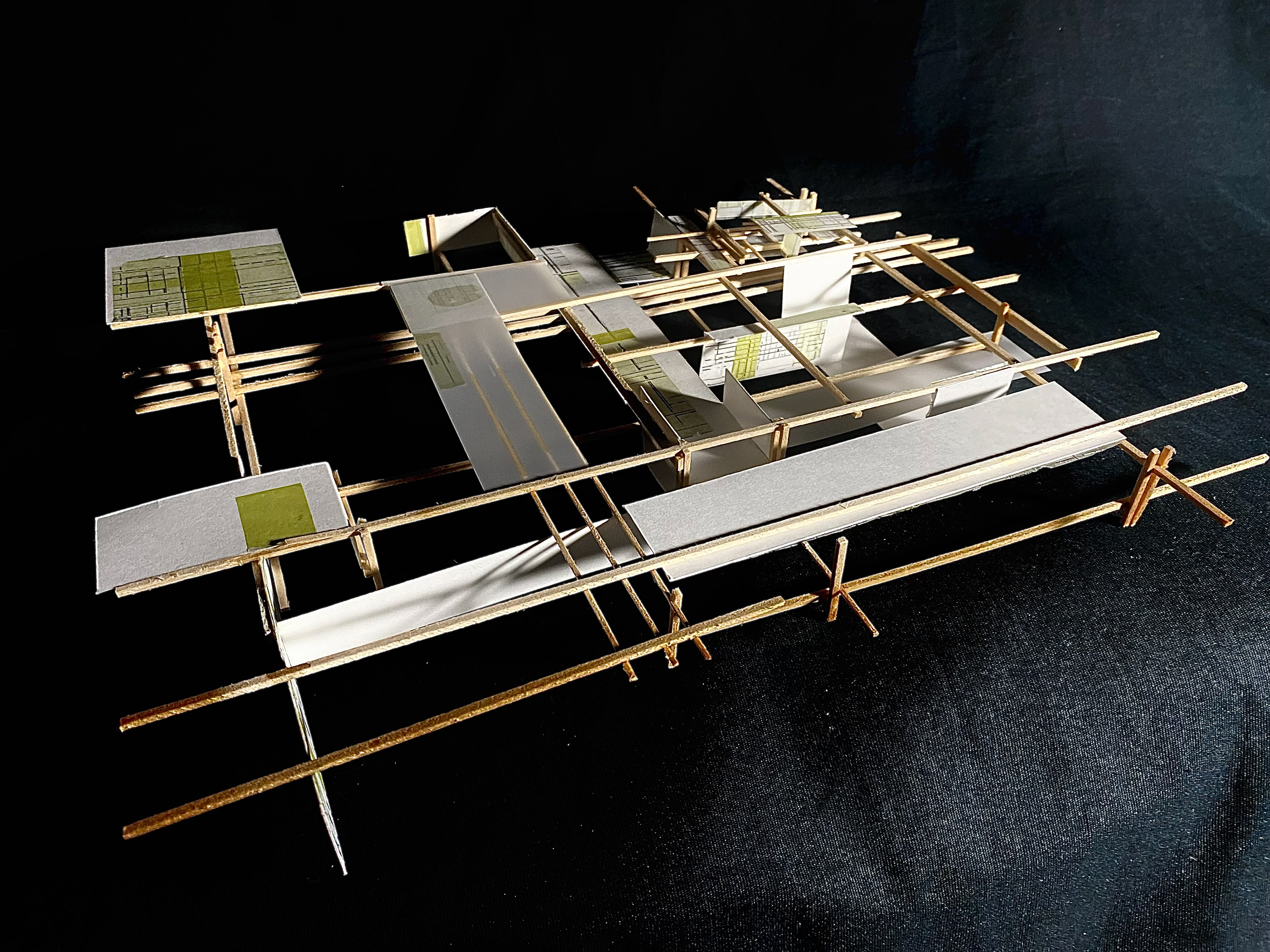

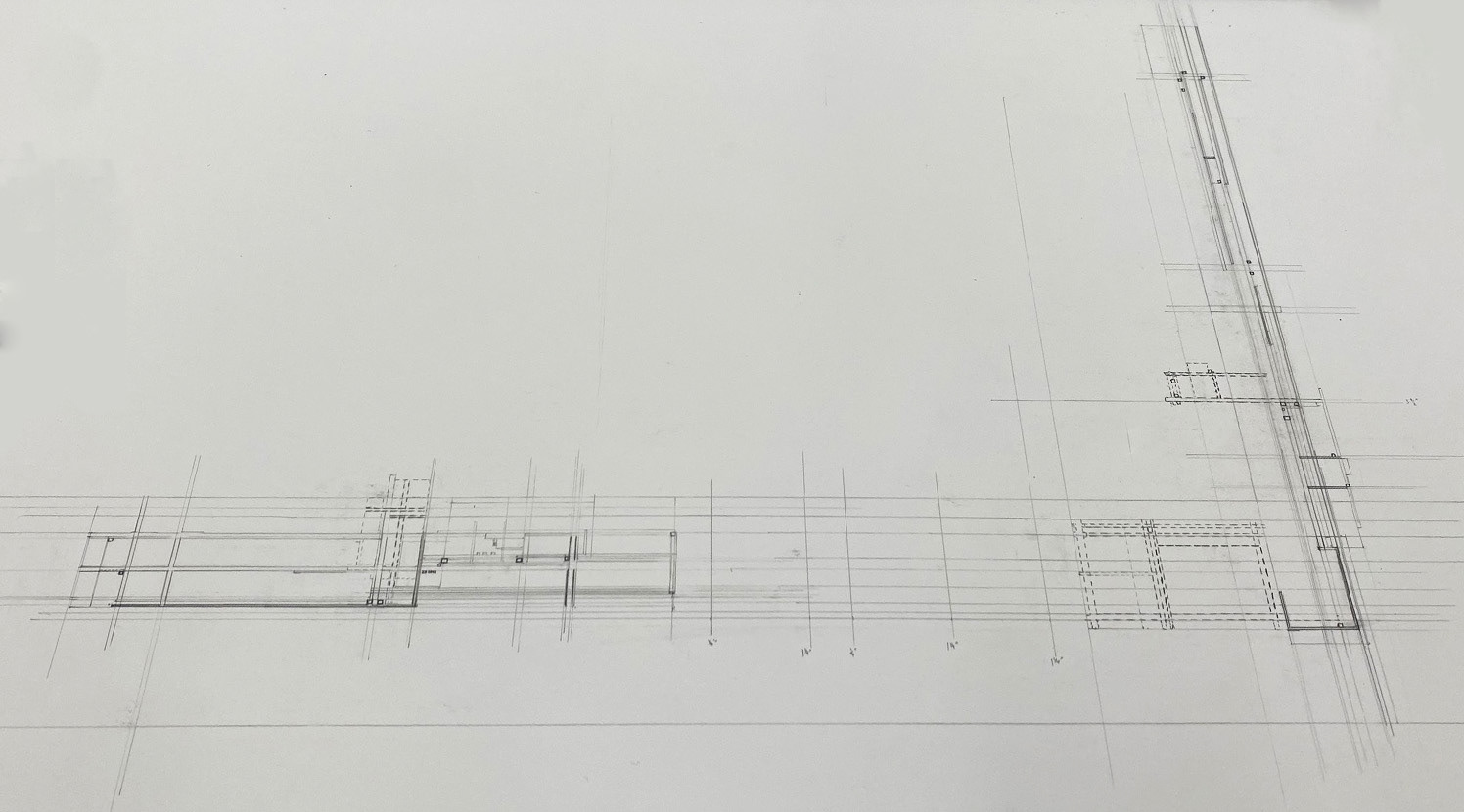
A concentration of both color intensity and material intensity defined the node of my model. The density and intensity of color and spatial hierarchy dissipates as the eye moves further away from the node in both the horizontal and vertical directions. While the intensity diminishes further away from the node, the concept of the matrix is made continuous throughout the model as the color of the tone can be seen throughout.
